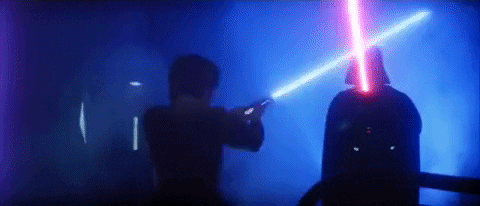I know this all joking here in this thread, or mostly at least, but it does touch upon (p.i.) something that I've really noticed on a lot of the young "prodigy" videos where they are doing covers well beyond their years, as well as many guys (and girls too) doing gear demo and show-off videos.
Muting/dampening seems to be a vastly under-developed/utilized/appreciated skill. Many players sound like they only have on and off, and on tends to be so light it's barely perceptible.
It's almost like people are so concerned with pushing out of tune that they are afraid to make it oomph and get some real speaker grab going.
Obviously if you over dampen on a floyd it will indeed start pitching sharp, and that's where the skills control is needed to develop, so that there is a full range of dampening-pressure dynamics at his or her disposal.
IMO riffs sound much more interesting when there is a constant variance of dampening, from open to soft to medium to hard-chug where the speaker is clutching and grabbing tight.
Plenty of metal players get it and use it, but many don't even try to develop their muting annunciation.,,,, and yes as previously posted, that goes right along in tandem with picking angle and attack.

